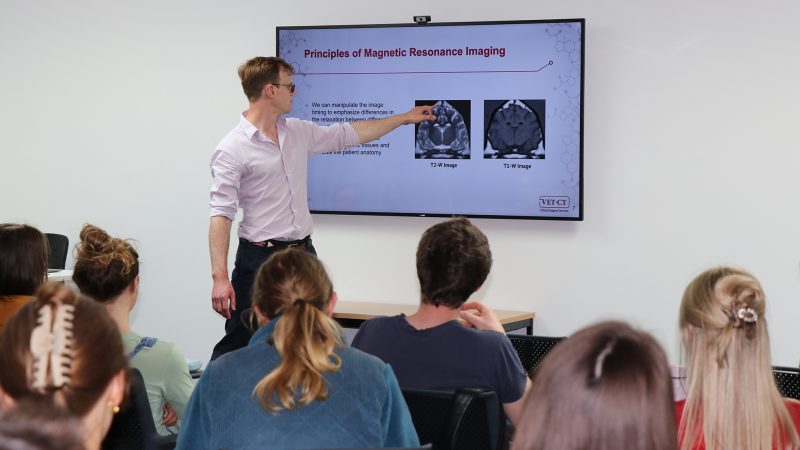Blue green algae in Lough Neagh: A closer look

You’ve probably noticed the flurry of media and public interest in the ‘blue green algae’ (cyanobacteria) blooms in Lough Neagh. Dr Simon Doherty, based at the Queen’s University Belfast Institute for Global Food Security (IGFS) explains some of the key facts behind the current situation.
What causes the formation of blue green algae blooms?
Nutrients running into the lough are a source of nutrition for the cyanobacteria – this includes agricultural run-off but also waste water discharges. Coupled with environmental and climatic conditions that are favourable to the bacteria, they multiply quickly and the blooms form. Due to wind direction, hydrodynamics and water depth, they form more in some parts of the waterway than others. Phosphate appears to be particularly important.
Why have the blooms been worse this year than in previous years?
Cyanobacterial blooms have been occurring in Lough Neagh and other Northern Irish freshwater lakes for 30-40 years. This year, we’ve had a ‘perfect storm’ of climate change (mean lough water temperatures have been higher than normal), high levels of sunshine early in the season (late April, May, early June) providing both light and warmth, interspersed with periods of particularly heavy rainfall which have had the dual effect of increasing ground water run-off and washing the blooms out to sea at the Barmouth and Portstewart Strand, via the River Bann. Freshwater zebra mussels (an invasive species) are now present in the lough – these have the effect of selectively filtering the water of organic material but not the blue green algae – this makes the water clearer and allows the sunlight to penetrate further, compounding the water temperature and photosynthetic effects.
Why is the situation in Lough Neagh a ‘One Health’ problem?
As you’ve read, the causes of the cyanobacterial blooms are many and complex. Certainly, more work can be done in reducing agricultural run-off into the lough but pointing the finger at the farmers alone will only ever be part of the solution. All of the relevant stakeholders need to take responsibility. It is likely that the zebra mussels came into the lough on the hull of a boat. Government bodies play a key role in providing leadership and strategic direction – DAERA have assembled a taskforce alongside NI Water, NI Environment Agency and others. Researchers within the QUB-AFBI strategic alliance are working to develop tools such as diagnostic tests and water testing regimes and helping to determine a better understanding of bloom formation and zebra mussel ecology. We’re also looking to other parts of the world to learn from their experience in similar situations, including researchers in the US working on solutions to cyanobacterial blooms in the Great Lakes.
What are the key next steps?
Collaboration, communication, education – ‘One Health’! Government bodies working with private sector – policymakers collaborating with researchers, local residents, farming and veterinary representatives, environmental organisations, anglers and water-sport clubs. But there also needs to be public and private sector investment. Lough Neagh is everyone’s responsibility and we all need to play our part in engaging with the discussion, taking some ownership and helping to drive the co-creation of innovative solutions.







